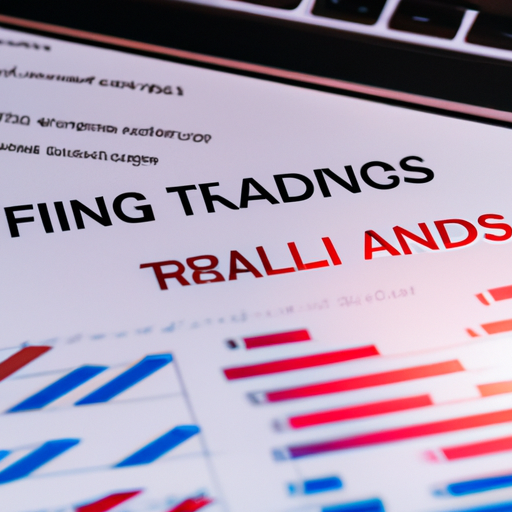Trading
Introduction to trading: a beginner’s guide
Trading can be an exhilarating and rewarding venture if approached with the right knowledge and strategy.
Whether you’re completely new to the world of trading or looking to refine your skills, understanding the basics is crucial.
Let’s dive into the world of trading and explore what it takes to become a successful trader.
What is trading?
At its core, trading involves buying and selling financial instruments such as stocks, bonds, currencies, or commodities.
The primary goal is to generate profit from price movements in these instruments.
Trading can be done on various platforms and markets worldwide, making it accessible to almost anyone with an internet connection.
Different types of trading
There are several types of trading approaches one can take:
– Day trading: this involves buying and selling securities within a single trading day. Day traders often rely on technical analysis and chart patterns to make quick decisions.
– Swing trading: swing traders hold positions for several days or weeks. They aim to profit from short-to-medium-term price movements.
– Position trading: position traders hold their investments for longer periods, ranging from months to years. This strategy is more about capturing long-term trends rather than short-term fluctuations.
Understanding the basics of the stock market
Before diving into any form of trading, it’s essential to understand how the stock market works.
The stock market is a complex ecosystem where buyers and sellers meet to exchange stocks at agreed-upon prices.
Key components of the stock market
– Stock exchanges: these are marketplaces where stocks are traded. Examples include the new york stock exchange (nyse) and nasdaq.
– Brokers: brokers act as intermediaries between buyers and sellers. They facilitate trades for a fee or commission.
– Indices: indices like the s&p 500 or dow jones industrial average track the performance of a group of stocks, providing insights into overall market trends.
The importance of risk management in trading
Risk management is a critical aspect of successful trading. Without proper risk management strategies in place, even the most promising trades can lead to significant losses.
Effective risk management techniques
1. Setting stop-loss orders: a stop-loss order automatically sells a security when it reaches a predetermined price, limiting potential losses.
2. Diversification: spreading investments across different assets can reduce risk by offsetting losses in one area with gains in another.
3. Position sizing: determining how much capital to allocate to each trade based on risk tolerance helps manage exposure effectively.
The role of technology in modern trading
In recent years, technology has revolutionized the trading landscape, making it more accessible and efficient than ever before.
High-frequency trading (hft)
High-frequency trading involves using algorithms and powerful computers to execute trades at incredibly high speeds.
Hft firms leverage tiny price discrepancies across various markets to generate profits within fractions of a second.
Algorithmic trading: another technological advancement in trading is algorithmic trading. Algorithms are programmed sets of rules that automatically execute trades based on predefined criteria such as timing, price levels, or volume thresholds.
Developing your own trading strategy
A well-defined trading strategy is essential for consistent success in any form of trading.
Your strategy should align with your financial goals while considering factors like time commitment and risk tolerance.
Crafting a winning strategy
1. Define your goals: are you aiming for short-term gains or long-term wealth accumulation? Understanding your objectives will guide your approach towards developing an effective strategy tailored specifically for you!
2. Choose your style: based on your goals decide whether you want day-trade (short term), swing trade (medium term), or position trade (long term).
3. Technical analysis vs fundamental analysis:
– Technical analysis focuses on studying past price movements through charts & indicators,
– Fundamental analysis looks at underlying economic factors affecting asset prices—such as company earnings reports & macroeconomic data
4. Backtesting & paper-trading:
– Test out strategies using historical data before risking real money,
– Practice simulated trades without actual financial exposure
5. Continuous learning:
– Stay updated with market news,
– Learn from experienced traders,
– Adapt strategies based on changing market conditions
6 . Emotional discipline:
– Stick strictly according plan,
– Avoid emotional decisions driven by fear/greed
Remember—it takes time patience develop profitable system; don’t rush process!










